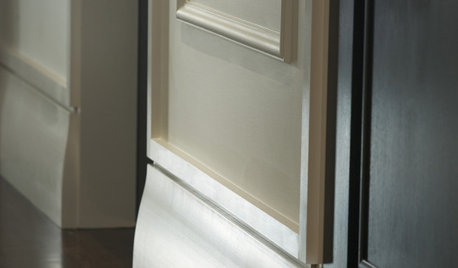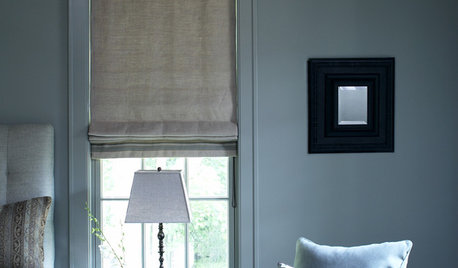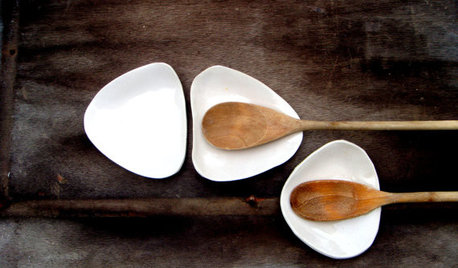Trim refinishing confusion
skiman29
11 years ago
Related Stories

GREAT HOME PROJECTSWhat to Know Before Refinishing Your Floors
Learn costs and other important details about renewing a hardwood floor — and the one mistake you should avoid
Full Story
TRIMWhat Color Should You Paint Your Trim?
Learn the benefits of painting your trim white, black, neutral, a bold color and more
Full Story
COLOR11 Terrific Paint Color Matches for Wood Details
Pair your wood trim and cabinets with the right shade of wall paint to bring out the beauty in both
Full Story
TRIMInterior Trim: 8 Must-Know Elements
Softening transitions and creating a finished look, interior trim for walls, windows and doors comes in many more options than you may know
Full Story
DECORATING GUIDES7 Ways to Paint Your Trim Fantastic, From Classic to Fearless
Give your rooms an edge with a trim treatment that shows attention to detail
Full Story
COLORAccent a Room With Colorful Trim
Watch rooms come to life when you add color to trim, mantels and more
Full Story
HOUZZ TOURSHouzz Tour: Black and White in Idaho
Refinished vintage finds and Scandinavian-inspired furniture spice up a two-tone palette in this Boise blogger's home
Full Story
KITCHEN DESIGNHow to Design a Kitchen Island
Size, seating height, all those appliance and storage options ... here's how to clear up the kitchen island confusion
Full Story
PRODUCT PICKSGuest Picks: Soothing Accents of White
Calm your color confusion and set up a restful space with white accessories, artwork and lighting
Full Story
DINING ROOMSBuffet, Sideboard, Server, Credenza: What's the Difference?
Learn the definitions and details to make shopping for dining room storage furniture less confusing
Full Story








User
sloyder
Related Professionals
East Moline Cabinets & Cabinetry · North New Hyde Park Cabinets & Cabinetry · Brushy Creek Carpenters · La Grange Carpenters · Scarsdale Carpenters · Sudbury Carpenters · Alpine Flooring Contractors · Beaufort Flooring Contractors · Freeport Flooring Contractors · Mahwah Flooring Contractors · Boston Furniture & Accessories · Bronx Furniture & Accessories · Carlsbad Furniture & Accessories · Wilmington Furniture & Accessories · North Bellmore Furniture & Accessoriesskiman29Original Author
rwiegand
brickeyee